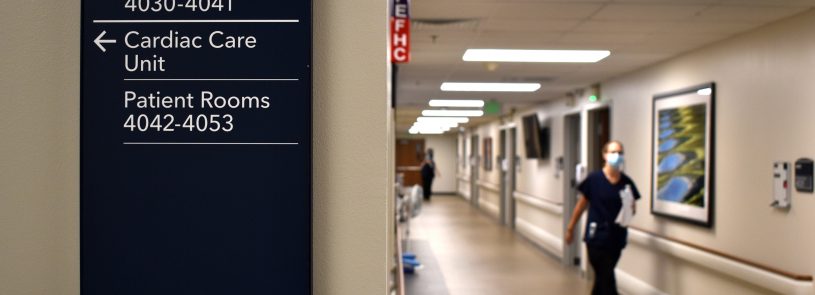Acuity Adaptability: Certain settings benefit more than others

Fifth in a series of excerpts from the free executive guide, “Acuity Adaptability: Innovative Planning and Design for Responsive Healthcare Delivery.”
By Mike Zorich and Corey Gaarde
Certain healthcare specialties and settings have been theorized or observed to benefit more from acuity adaptability than others, including cardiovascular, neurosurgical, and orthopedic service lines, as well as women’s services and oncology.
Cardiology, however, is the specialty observed to benefit most significantly. Cardiac care is protocol-driven, with comparably predictable patient progress and a predictable number of patients within a population requiring intensive care for cardiac conditions. Recipients of cardiac surgery also have particularly predictable care pathways.
Other healthcare situations that could benefit from acuity adaptability include:
- Community hospitals with fewer than 100 beds. Small or remote community hospitals such as critical access hospitals are unlikely to contain multiple specialties under one roof, making flexibility and adaptability of care a high-return investment.
- Organizations with limited staff, which often require that their personnel be cross-trained generalists. Acuity adaptability enables this generalist staffing model by providing everything the provider needs to render any level of care within one room.
- Environments with clustered acuity adaptable rooms in proximity to each other. This allows doctors and nurses to preserve the time and energy that otherwise would be needed to run themselves and equipment all over the hospital from one acuity-adaptable room to the other.
While many hospitals can benefit from acuity adaptable spaces, transitioning areas such as those noted above would come at a lower cost of renovation.
In our next blog, we look at why acuity adaptability is important now.
Previous: Acuity Adaptability: Drawbacks and challenges
Next: Acuity Adaptability: What makes acuity adaptability important now
For an unabridged version of this content, download the executive guide, “Acuity Adaptability: Innovative Planning and Design for Responsive Healthcare Delivery.” A recorded webinar on the topic is also available.













